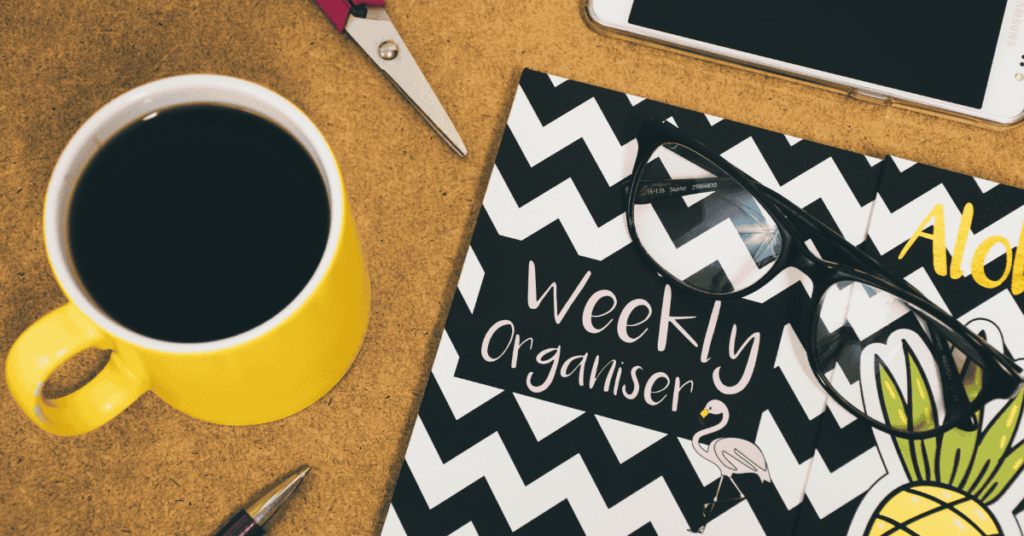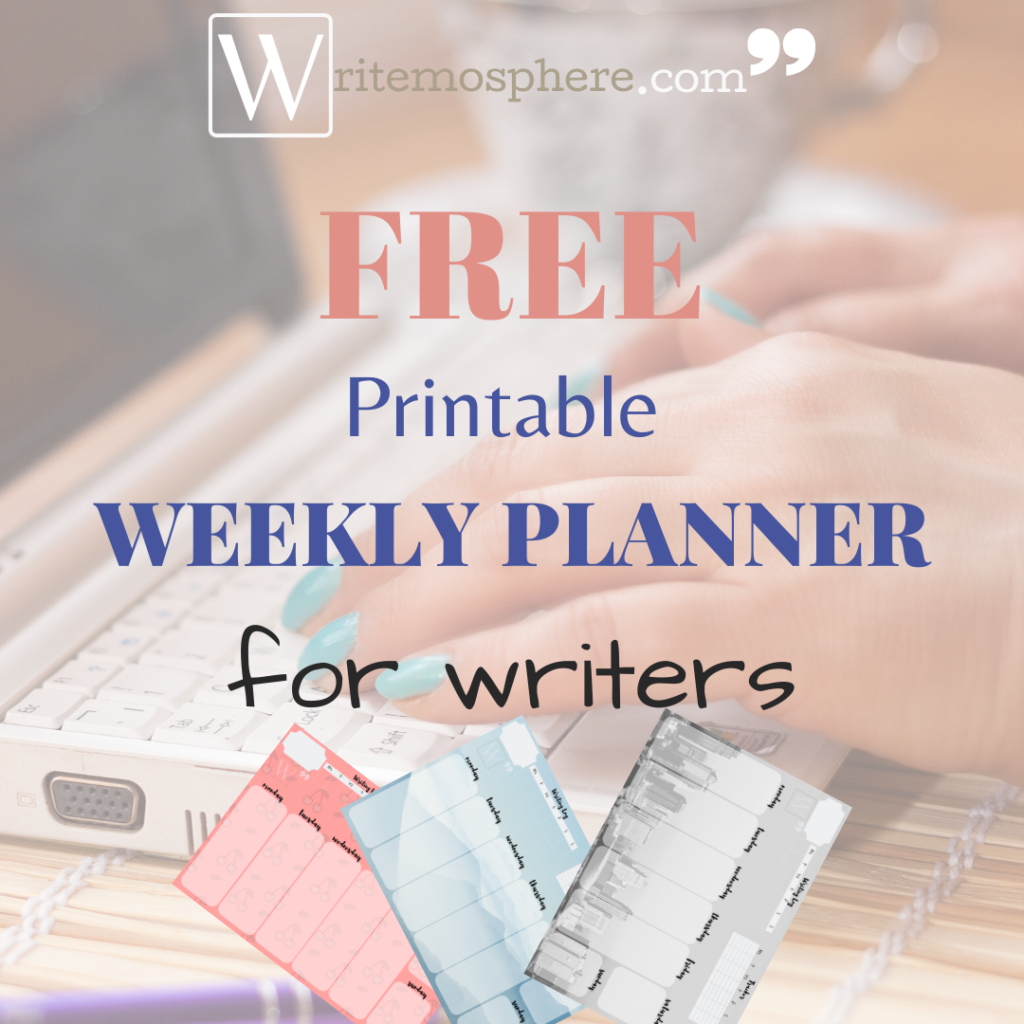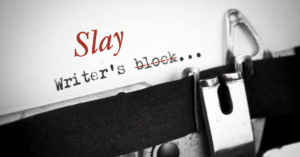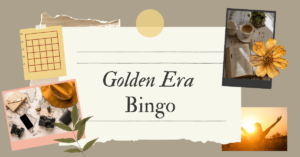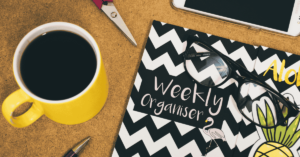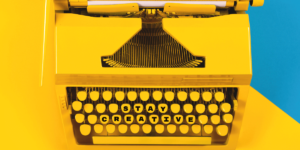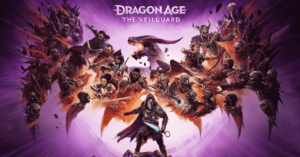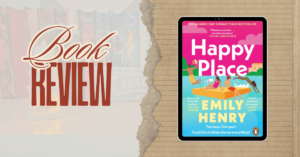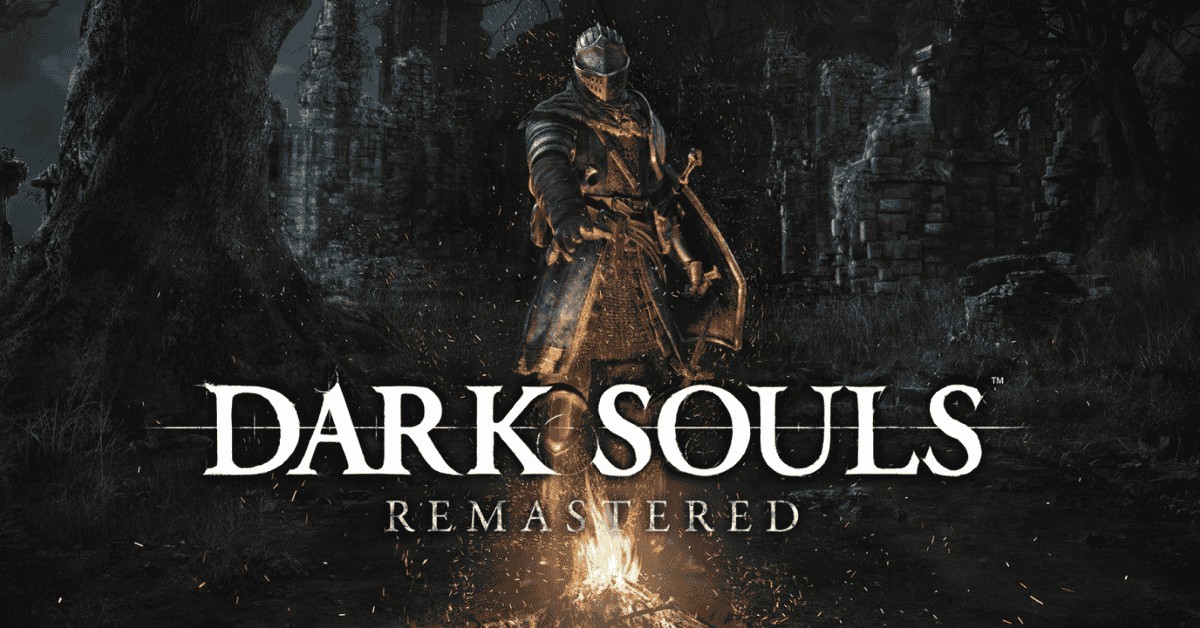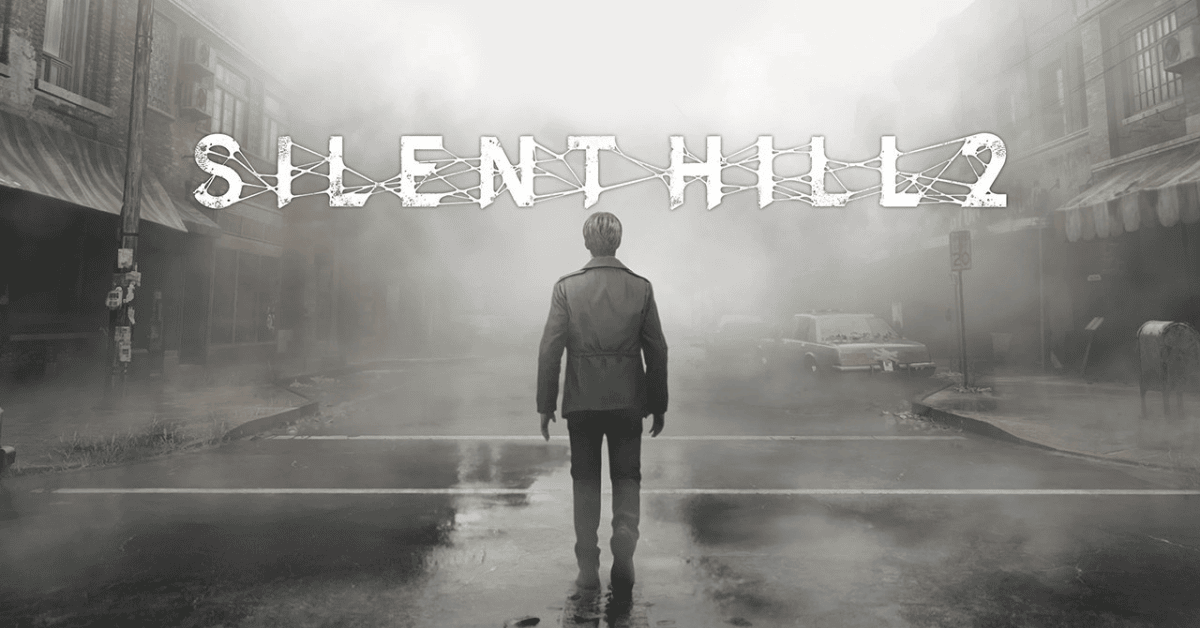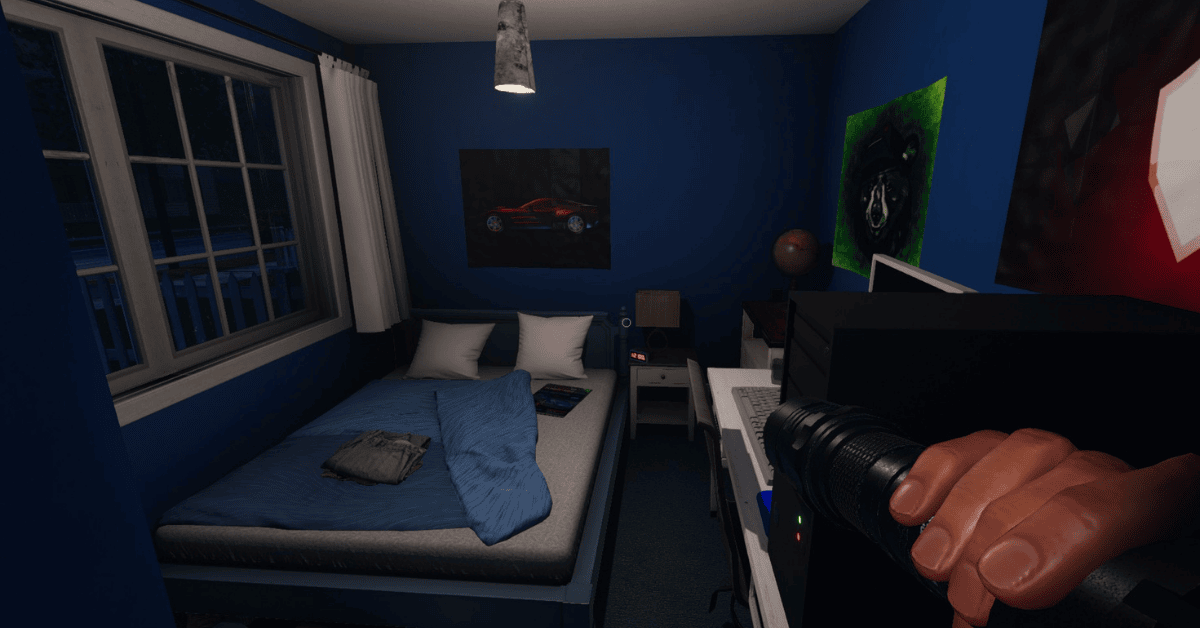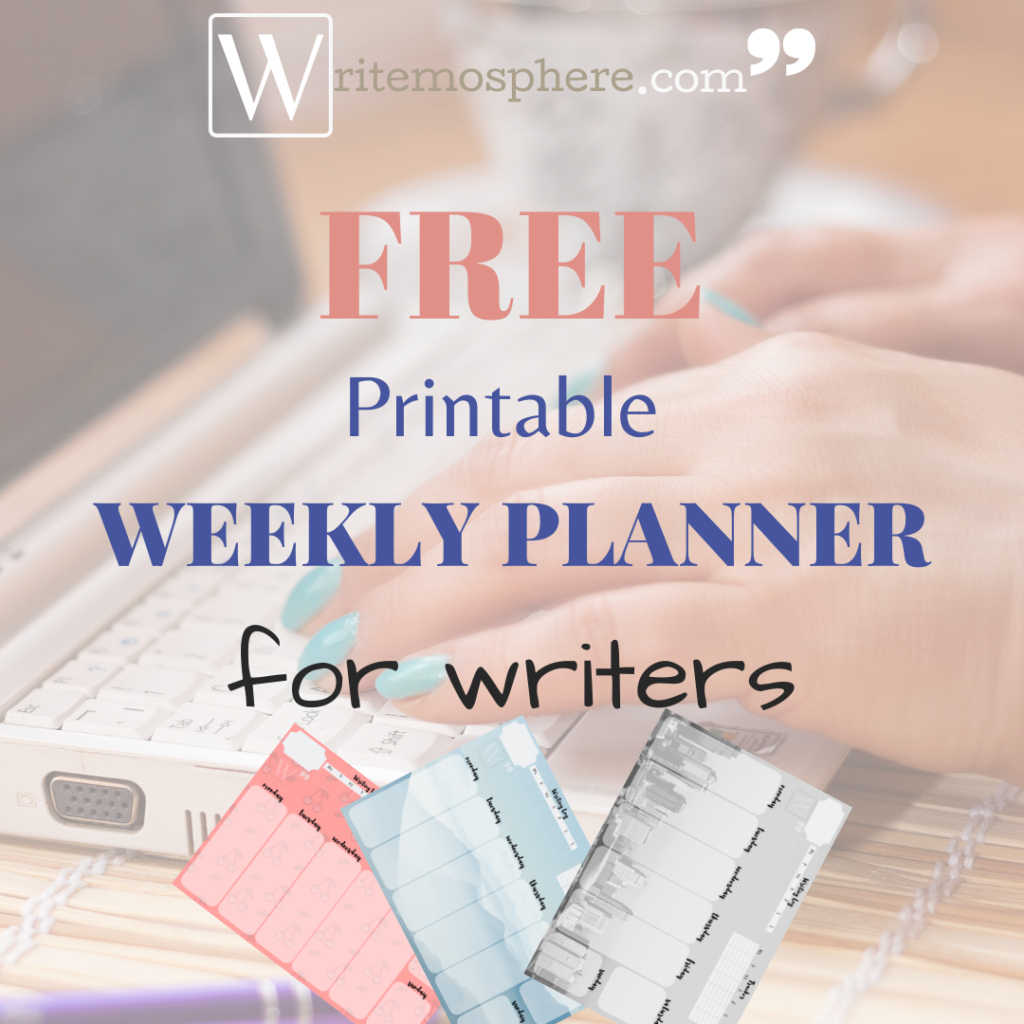As 2024 winds down, I find myself immersed in a ritual I take very, very, very seriously: notebooks, planners, and the sacred art of organizing my life for the year ahead. It’s not just about writing down goals or picking out a calendar. It’s a process—a ceremony, really—of reflecting on what worked, what didn’t, and what feels like it’s ready to evolve.
Every year, I ask myself: Did I enjoy the system I used? Did I fall off the wagon? Did it make my life easier or inadvertently add more chaos? These questions guide me as I decide what to keep, what to let go of, and whether new ideas or systems are worth a try.
Last year, I used an A5 binder. It had everything—a monthly and weekly view, a section for work notes, and even space for journaling. On paper, it seemed perfect. In practice? It was bulky. When I needed to leave my home office for a library session or a cozy café to spark inspiration, carrying that binder felt like lugging around an overstuffed suitcase.
So, this year, I’m splitting my system. I’ve streamlined my approach, leaning on a mix of digital tools and lightweight notebooks—more on that later. But this process isn’t just about practicality. For me, the scent of a new notebook is a celebration in itself. There’s something magical about cracking open those blank pages, feeling the weight of endless possibilities. It’s a reset button that feels more real and immediate than the clink of champagne glasses on New Year’s Eve.
The Nostalgia of Planning
This love of planning didn’t come out of nowhere. As a former student, the beginning of a school year held more excitement for me than any holiday season. Shopping for supplies, picking out notebooks with covers that practically screamed my personality, and selecting the perfect pens—it all felt like gearing up for an adventure.
I remember cutting out photos of Backstreet Boys from teen magazines to decorate my notebooks, parading them proudly in class like they were works of art. Those moments of preparation were more than just fun; they were grounding. They made the overwhelming unknowns of a new school year feel a little less intimidating.
That’s what planning still does for me today. It anchors me. It’s a ritual of reflection and renewal that sets the tone for everything to come. Sure, my tools have changed. I’m no longer lugging around binders stuffed with glitter gel pens. But that same excitement—that sense of infinite potential—still fuels me.

My Current System
This year, my system is a hybrid of digital and physical tools. Each has its role, and together they help me stay focused and flexible. Here’s how you might adapt this approach to fit your own needs:
- For Students: Use a physical notebook for class notes and a digital tool like Notion to organize assignments and deadlines. Add a section for long-term goals, like internships or projects.
- For Professionals: Combine a planner for daily task management with a digital app to track larger projects and meeting notes. Tools like Scrivener can also work for writing-intensive roles.
- For Creatives: Keep a notebook for brainstorming ideas and sketches, paired with a digital system for organizing projects and tracking submissions or collaborations.
This adaptability ensures that no matter your focus, you can create a system that works for your unique lifestyle while maintaining the benefits of both tactile and digital tools. Each has its role, and together they help me stay focused and flexible:
- Scrivener 3: This is where all my novel work lives. It’s structured yet creative, the perfect digital hub for long-term projects.
- Notion: My organizational Swiss Army knife. I use it to index ideas, organize content, and keep everything in one place. It’s where the chaos gets tamed.
- Physical Notebooks: These are my escape from screens. When I need to go offline, brainstorm, or simply reconnect with pen and paper, my notebooks are always there.
This hybrid approach lets me have the best of both worlds: the efficiency of digital tools and the tactile joy of handwriting. And it’s adaptable. If one part of the system stops working, I can tweak it without everything falling apart.

The Joy of Imperfection
Here’s the thing about goal setting and planning: it’s easy to get caught up in perfectionism. I’ve done it myself—agonizing over whether my notes are neat enough, whether my planner looks Instagram-worthy, whether my goals are ambitious and realistic. It’s exhausting.
But over time, I’ve learned something important: imperfection is where growth happens. Aiming for “strategic imperfection” has been a game-changer for me. It means letting go of the need to have everything figured out at once and instead focusing on what moves the needle forward. For example, I often jot down messy daily to-dos on sticky notes, knowing I can reshuffle them if plans change. Or, I use colorful post-its to mark flexible goals in my notebook—it’s not pretty, but it works.
It means understanding that a messy notebook filled with genuine thoughts is infinitely more valuable than a pristine one that never gets used.
So, I’ve stopped trying to make my notes perfect. Some pages are chaotic, scrawled with hurried ideas. Others are more deliberate, filled with careful reflections. And both are okay. Planning isn’t about aesthetics; it’s about functionality—about creating a system that works for you. Aiming for “strategic imperfection” has been a game-changer for me. It means letting go of the need to have everything figured out at once and instead focusing on what moves the needle forward. It means understanding that a messy notebook filled with genuine thoughts is infinitely more valuable than a pristine one that never gets used.
Setting Goals for 2025
As I look toward 2025, my focus is on sustainability—not just in terms of environmental impact, but in how I approach my time, energy, and priorities. To make this tangible, I’ve built a planning framework that I adjust as I go. Here’s how it works:
- Daily Check-Ins: Each morning, I identify 1-3 priority tasks that align with my larger goals. This keeps me focused without overwhelming myself.
- Weekly Reviews: At the end of each week, I reflect on what worked and what didn’t. This is when I tweak my approach or shuffle tasks for the following week.
- Monthly Planning: I dedicate the start of each month to revisiting my broader goals. What progress have I made? What needs more attention?
- Quarterly Adjustments: Every three months, I step back and evaluate the big picture. This is when I make substantial edits to my roadmap, ensuring it’s still aligned with my priorities.
A Flexible, Personal Approach
It’s important to remember there’s no one-size-fits-all solution. While I’m sharing my framework, the real value lies in exploring what works for you. Your planning system should reflect your lifestyle, goals, and challenges—and most importantly, it should be adaptable. Life happens, and sometimes our bodies or circumstances demand rest. What matters most is having a little structure, consistency, and discipline to pick yourself up and keep going when things don’t go as planned. Give yourself grace to try again, knowing that progress, not perfection, is the goal.

The Power of Small Steps
Think of planning as small, actionable choices that add up over time. For example, if you write just 100 words a day, by the end of a month, you’ll have 3,000 words. By the end of a year, that’s 36,000—a solid foundation for a novel. It’s the same with any goal: consistency and small actions lead to big results. For content creators, ask yourself, ‘Did I write a post today? Did I create?’ For writers, it’s, ‘Did I focus on my project? Did I grow?’ Framing your progress this way keeps your goals achievable and rewarding.—not just in terms of environmental impact, but in how I approach my time, energy, and priorities. Here are a few principles I’m keeping in mind:
- Start Small: Big goals are exciting, but they can also be paralyzing. Breaking them down into smaller, actionable steps makes them feel achievable.
- Embrace Flexibility: Life happens. Goals need room to evolve. A rigid plan is a fragile one.
- Prioritize Rest: Ambition is great, but burnout isn’t. Scheduling time to recharge is just as important as scheduling work.
My hybrid planning system is designed to support these principles. Scrivener helps me keep my creative projects on track. Notion ensures I’m organized. And my physical notebooks? They’re my space to dream, reflect, and recalibrate when needed.

Why This Matters
Planning isn’t just about productivity. It’s about carving out space to think about what matters most and taking steps to align your daily actions with your bigger goals. The framework I shared earlier—from daily check-ins to quarterly adjustments—is how I bridge the gap between chaos and clarity. It’s a flexible, practical system that lets you focus on progress over perfection, ensuring your planning aligns with what truly inspires you. It’s about carving out space to think about what matters most. It’s about giving yourself permission to prioritize your own needs and dreams. For me, it’s a way to take control of the chaos and create something meaningful from it.
And it doesn’t have to be perfect. Whether you’re a digital planner devotee, a notebook enthusiast, or somewhere in between, what matters is that your system works for you. It should make your life easier, not harder. It should inspire you, not overwhelm you.
A Little Help Along the Way
If you’re ready to dive into planning your best year yet but don’t know where to start, I’ve got you covered. Through my newsletter, I offer a free blank planner—a simple, flexible tool to help you get started. It’s the perfect companion to whatever system you choose.
And if you’re looking for something more robust, stay tuned. I’m working on a premium planner that’s designed to guide you through setting and achieving your goals in a way that feels intuitive and rewarding. It’s built on everything I’ve learned from my own planning journey, and I can’t wait to share it with you.
Your Turn
So, what’s your planning ritual? Do you stick to a tried-and-true system, or are you experimenting with new ideas this year? Whatever your approach, remember: it’s not about perfection. It’s about progress, reflection, and making space for what matters most. Here’s to a 2025 that’s as messy, beautiful, and full of possibility as those blank pages waiting to be filled.

